A few years ago, I attended a Greenville Chamber of Commerce meeting featuring the CEO of a very successful company providing military vehicles to the government. He talked about how initially, it was very difficult to get a contract with the government. They work very hard to develop safe military vehicles. As part of the process, they decided to do something very innovative for the time. They decided to take their military vehicles to Iraq and get the input from the military personnel themselves who would be using it.
Since most military personnel are trying to follow the directions of their leaders and did not share their own opinions, this was a very difficult task. They would ask the military members to enter the vehicle to sit and try it out, to tell him how it felt and how things worked. Eventually, those soldiers began to have enough confidence to speak. We then started sharing their ideas based on their real-life experience in the battlefield.
The result was an extremely safe military vehicle that was practical and comfortable for the soldiers. In time, the US government decided to go ahead and purchase these vehicles. Over time, they noticed that it resulted in many lives being saved.
Before that time, military designs were theoretical. As we know, theory might look good on paper but doesn’t always work out well in real life. By testing things out with the with the soldiers on the ground, they were able to see what worked and what didn’t and manufacture improvements.
The military has a very strict order of command. Soldiers are encouraged to follow orders and not second guess or question what is told to them. Similarly, many companies also have a leadership structure. Supervisors and safety personnel often make decisions without seeking the input of the workers on the ground. Often, the ideas are sound in theory; however, they do not work in real life applications.
Just as in the case of military personnel, companies should actively encourage their employees to share their input. Strong safety culture involves employees in safety planning and decision making. A powerful safety climate will foster great communication between the employees in the management. This type of communication helps to build trust they promoted very strong safety climate. The result will be a happy efficient workforce with a strong safety environment.


